Handpumps and Water Systems
Handpumps also have been a concern (figure 16). Because of the piston-like pump mechanism, handpumps require a long reach. As the depth of the well increases, so does the force necessary to draw water, so most handpumps require a force greater than 5 pounds (2.2 newtons) to operate. An accessible handpump is now available for purchase. For shallower wells, this pump can draw the water while remaining in full compliance with the grasping, turning, and pressure restrictions of the accessibility guidelines (figure 17). More information about the new pump is available at http://www.fs.fed.us/recreation/programs/accessibility/. For wells with a static water depth of 40 feet (12 meters) or less, the accessible handpump can be used for many new or replacement installations. Accessible pumps for deeper wells are being developed and should be used when they become available. In the meantime, the accessibility requirements for handpump operating controls are under an exception explained in "Water Hydrants" of this guidebook.
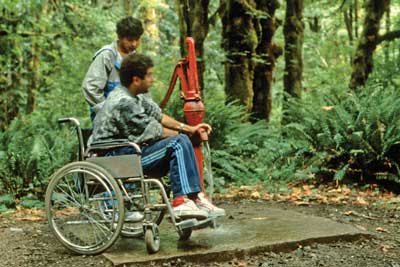
Figure 16—Not all campers can operate a standard handpump.
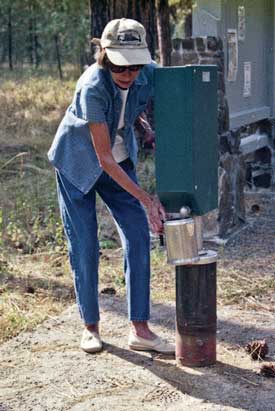
Figure 17—With an accessible handpump, the choice of who does the pumping is up to the campers.
Solar powered water systems (figures 18 and 19) are an excellent sustainable solution that can provide drinking water throughout the recreation season. In addition, a faucet that fully complies with the accessible operating control requirements can be used (figure 20). Even national forests in Northern States are having good success with their solar systems.
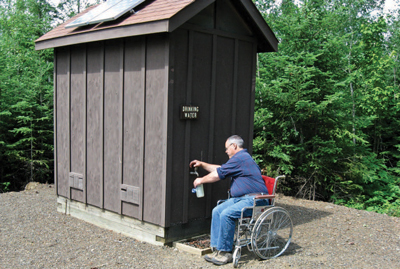
Figure 18—The water pump inside the pumphouse at Vermilion Falls Recreation Area on the Superior National Forest is powered by the solar panels on the roof. People can obtain drinking water without using a handpump at this site that has no electric service.
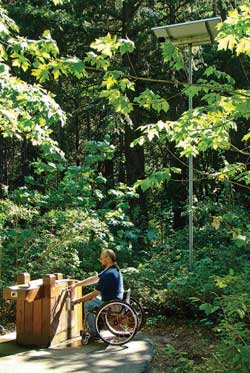
Figure 19—The water pumps for many campgrounds, such as this campground in the deep, narrow Icicle River Valley of the Okanogan-Wenatchee National Forest, can be housed in small pedestal enclosures and powered by solar panels on an adjacent pole. The pedestal enclosure also houses solar batteries.
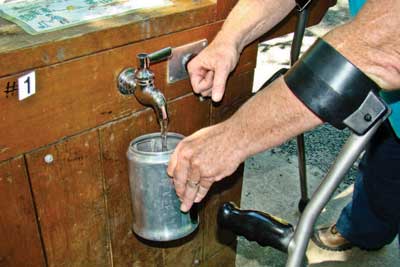
Figure 20—This water spigot is operated by first pushing the handle to one side, then pressing the push button. The water will stop when the button is no longer depressed.

User Comments/Questions
Add Comment/Question